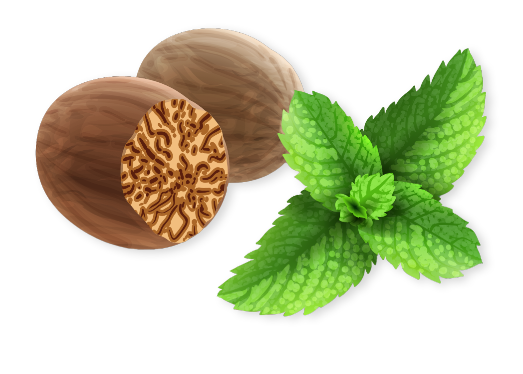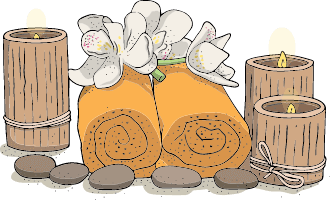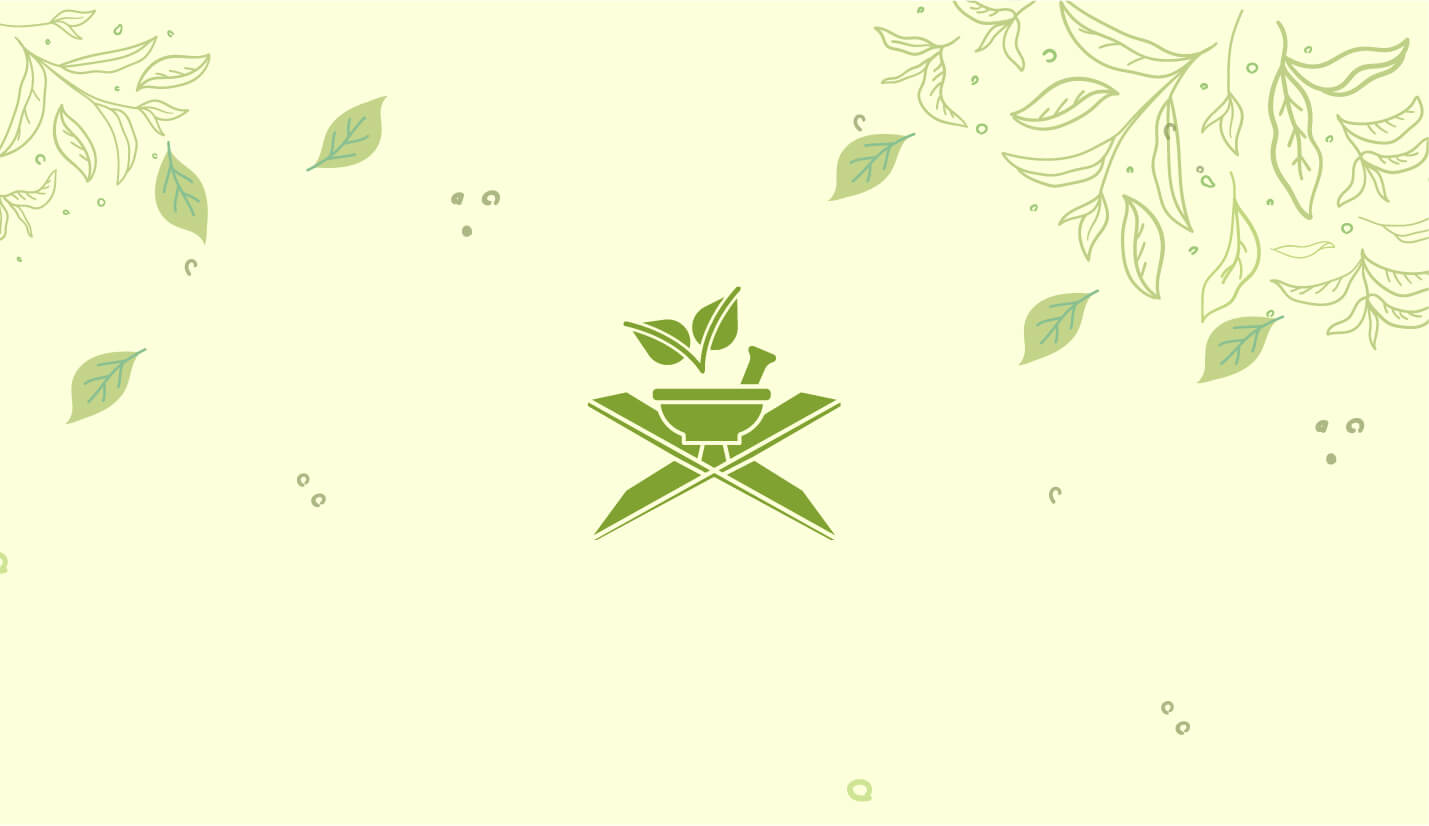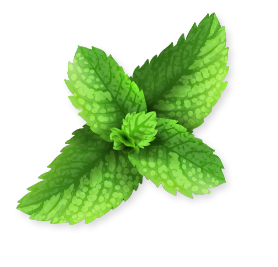Panchakarma for Slip Disc
Tuesday November 28, 2023A slip disc, also known as a herniated or prolapsed disc, occurs when the soft cushion between the bones of the spine (vertebrae) pushes out. It can lead to pain, numbness, and weakness in the area of the body where the nerves travel.
Panchakarma is a comprehensive Ayurvedic therapy designed for internal detoxification and rejuvenation. It aims to restore the balance among the three doshas – Vata, Pitta, and Kapha.
Panchakarma and Slip Disc
In Ayurveda, slip disc is primarily considered a Vata disorder. Panchakarma offers a beneficial approach to managing slip disc by:
- Detoxifying the body: Panchakarma helps remove accumulated toxins that could contribute to dosha imbalance, thus aiding in managing slip disc.
- Balancing the doshas: The therapies used in Panchakarma work to balance the three doshas, particularly Vata in the case of slip disc.
- Relieving pain and inflammation: The rejuvenating practices in Panchakarma can help reduce inflammation and alleviate pain associated with slip disc.
The Panchakarma Regimen for Slip Disc
The Panchakarma treatment for slip disc generally involves three phases: Purvakarma (preparatory phase), Pradhankarma (main treatments), and Paschatkarma (post-treatment phase).
1. Purvakarma:
This phase includes:
- Snehana (Oleation): Administration of medicated ghee or oil either internally or externally to loosen toxins.
- Swedana (Fomentation): Induced sweating to drive the loosened toxins towards the gastrointestinal tract.
2. Pradhankarma:
This phase comprises five main therapies:
- Vamana (Emesis): Not typically used for slip disc.
- Virechana (Purgation): Occasionally used, depending on the patient’s overall health and severity of the condition.
- Basti (Enema): The primary therapy for Vata disorders, Basti is highly beneficial for slip disc. It helps balance Vata and relieves pain and inflammation.
- Nasya (Nasal Administration): Medicated oils or herbs are administered through the nasal route, useful in managing the neurological symptoms of slip disc.
- Raktamokshana (Bloodletting): Not commonly used for slip disc.
3. Paschatkarma:
Post-treatment, the patient is gradually transitioned back to a regular diet and daily routine. Specific rejuvenative therapies are recommended to strengthen the body and maintain spinal health.
Ayurveda and Panchakarma: A Natural Approach for Slip Disc
Ayurveda views health as the harmony of body, mind, and spirit. It aims to treat health conditions by addressing the root cause, rather than just managing symptoms. Panchakarma, as an Ayurvedic therapy, aligns with this perspective, offering a holistic solution for managing slip disc.
Panchakarma offers comprehensive care for slip disc by detoxifying the body, balancing the doshas, and alleviating pain and inflammation. With a personalized approach, it ensures the treatment is tailored to suit the individual’s unique needs.
Keep in mind that the efficacy of Panchakarma for slip disc varies depending on factors such as the individual’s overall health, severity of the condition, and adherence to the treatment protocol. Always consult with an experienced Ayurvedic practitioner before undergoing Panchakarma for optimal safety and effectiveness.
You can write to us.
BOOK APPOINTMENT


























